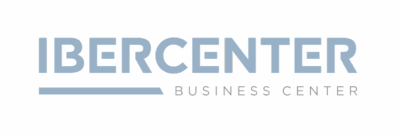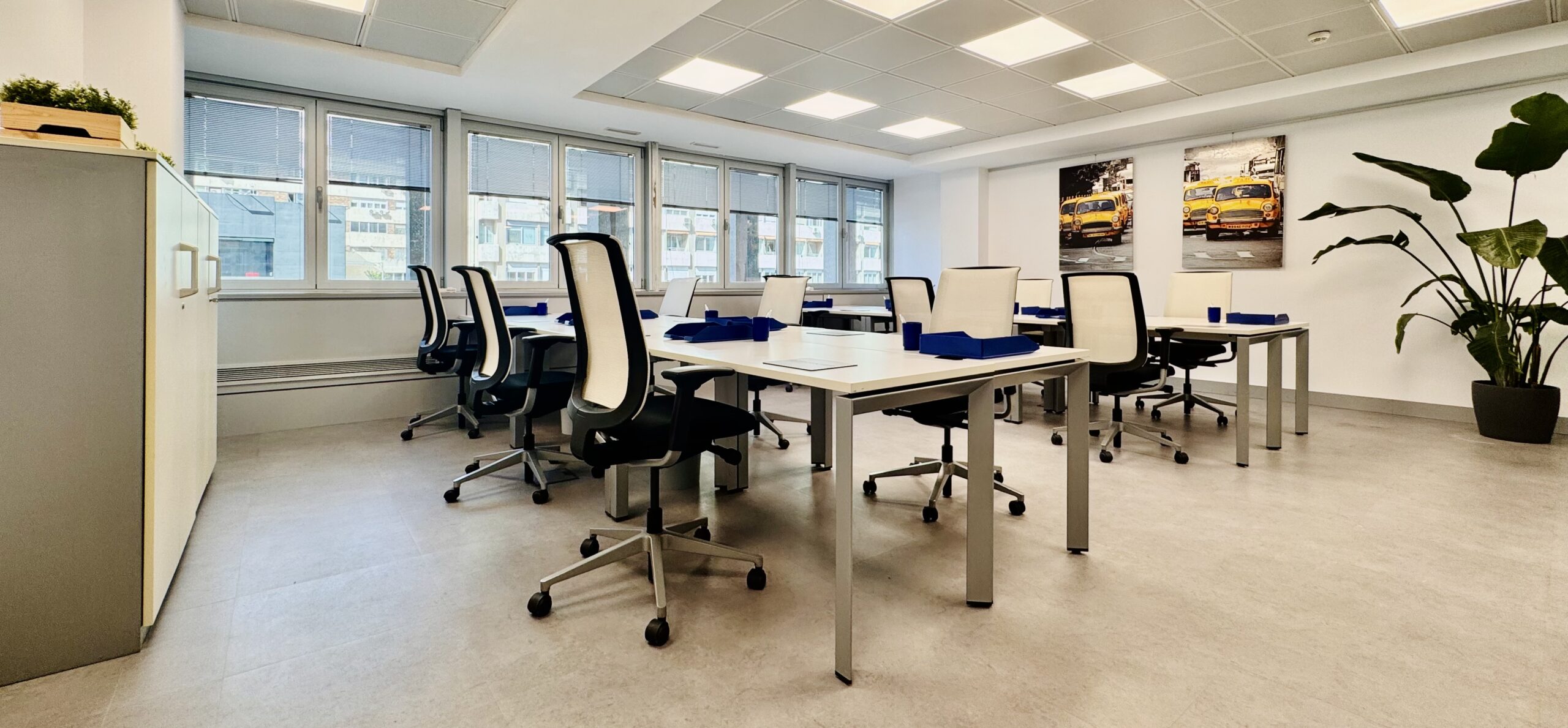In the business world, organisations must know how to manage all the processes that are carried out in order to adapt to changes and to know at all times the performance that is being developed. Agile methodologies are a very beneficial part of all this, which is why it is essential to master their concept.
This concept is very fashionable, especially in startups, but it is applicable to all types of companies, whatever their sector or size. From Ibercenter we want to talk to you about agile methodologies, their advantages and benefits and the best way to apply them.

What are agile methodologies?
Agile methodologies are known as those work processes that adapt to the conditions of the project, achieving flexibility and immediacy in the response, which allows the duration of the project to be reduced to the maximum.
The idea of applying agile methodologies is to make project management more flexible, autonomous and efficient, reducing cost and time while increasing productivity.
What are the benefits of implementing them?
Below, we explain some of the advantages of applying agile methodologies:
- Fast and continuous deliveries: Agile methodologies have as a main factor to deliver quickly and continuously.
- Conceive the project in homogeneous parts: The idea of dividing the project into parts that can be complemented and solved in a short time is a great help, especially when modifications have to be made. In this respect, changes would only be made to the part involved and in a short period of time.
- Promotes collaborative work: It makes work multidisciplinary, giving rise to autonomy and transparency. Companies seek to meet their objectives, working with fluidity and flexibility, making results more effective.
- Help predict outcomes and minimise risk: Through ongoing reviews, adapting to changes, you can have a predictive look at the outcome, eliminating any errors to minimise risk.
- The customer is one of the team: If the company establishes a fluid link with the client, it can obtain a much more satisfactory result, leading to the creation of efficient projects and improving the client’s experience.
The use of agile methodologies in the work environment
With agile methodologies, companies can break down processes into small parts, completing and delivering them in short timeframes, making modifications as necessary.
Unlike the way companies used to work in the past where they followed a linear process in which it took a long time to complete a project, it was very common for parts of the project to be blocked by delayed tasks.
Another aspect when agile methodologies are used in the work environment is that teams work together throughout the process, getting feedback on the final product. All of this and with faster strategies, it is possible to create the product that the market demands.
In agile teams, workers must explain three aspects: the tasks that have been completed, the tasks that are going to be done and the problems that may have arisen in this process. Thus, with these meetings, each member knows where each one is in the work and how they can act to collaborate in the project and its progress.
The Agile manifesto, its principles
The 12 Agiles principles can be classified into 4 categories:
- Delivering value
- Business collaboration
- Team dynamics and culture
- Retrospectives and continuous Learning
Enter of value
Here are the principles that allow us to deliver the work as quickly as possible to get feedback from users.
- The team’s top priority is to satisfy the customer by delivering value in the form of deliverables.
- Deliver functional software frequently, at least every two weeks and trying to use the lowest interval.
- The constructed functional product is the main metric of progression.
- Simplicity is a very important principle.
- Continued focus on technical excellence and good design improves agility.
Business collaboration
Collaborating with customers allows the team to have critical information as early as possible, developing products to adjust and adapt to the new reality plans instantly.
- The development team must be open to changes in product requests, even at late stages of development.
- Product developers and other staff involved in the company’s value chain must collaborate on a daily basis to deliver on the project..
Team dynamics and culture
The idea is to create an effective team culture that is inclusive and mutually supportive.
- Build projects around motivated and committed individuals. Give them the working environment necessary to meet needs and trust them to do the job properly.
- The most efficient and effective method of transmitting information between team members is through face-to-face conversations rather than through asynchronous channels.
- Agile development provides and promotes sustainable organisational development over time.
- The best products, mock-ups, plans, requirements and designs come from autonomous teams.
Retrospectives and continuous Learning
Agile development teams accept change as a regular and recurring part of their work.
- The team regularly reflects through retrospective meetings on how it can be more efficient and adjust behaviour accordingly.
Agile methodologies are very positive structures that can help organisations to work with much more control, efficiency and productivity, being ideal for the current situation where everything is constantly evolving and new digital tools are available.
We hope that this article on agile methodologies has been helpful to you and enables you to keep moving towards the famous digital transformation, something we will talk about soon.
As always, we will be happy to answer all your questions and doubts about agile methodologies.






